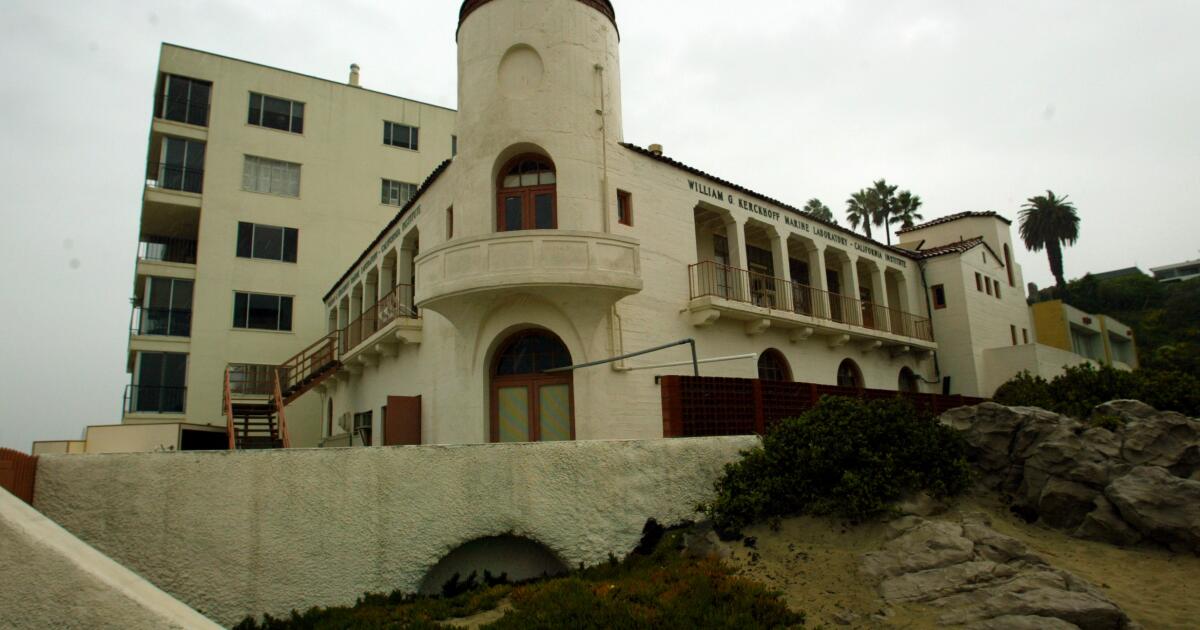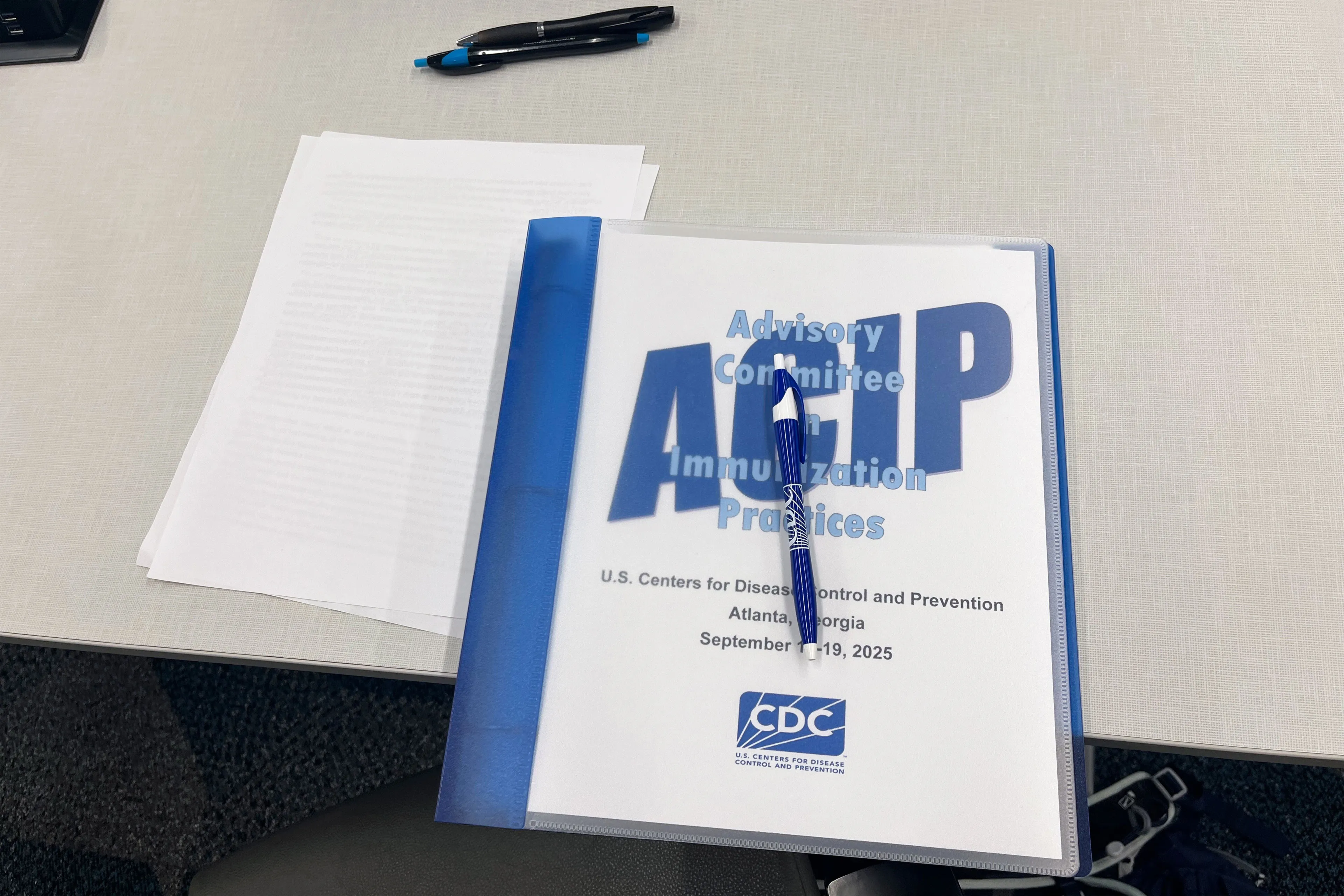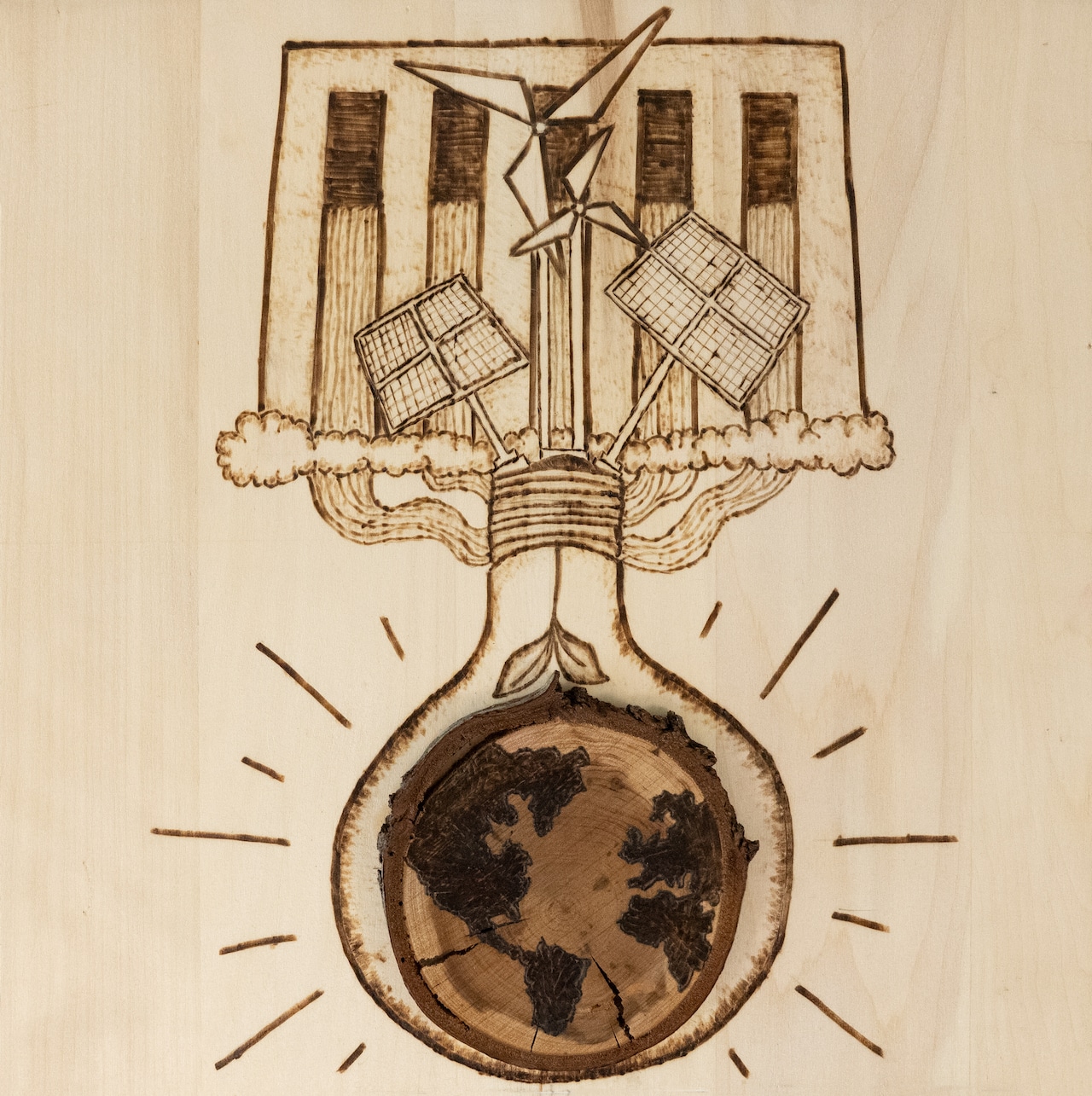
Anyone who has ever been near the mouth of Newport Harbor has undoubtedly seen it: a charming building at China Cove in Corona del Mar that features a distinctive white exterior, red-tile roof and corner tower, looking every bit like the Old California-style bath and boat house that it was a century ago.
But for the past 95 years, that structure has been home to one of Orange County’s best-kept secrets. Well, not secret exactly, but definitely under-publicized. It is the location of Caltech’s Kerckhoff Marine Laboratory, where brilliant scientists, led by Director Victoria Orphan, are hard at work on valuable research with far-reaching, world-changing potential some 50-plus miles from the main campus in Pasadena.
Now the lab is emerging from its shell, shedding its tradition of maintaining a low profile, and reaching out to the public to let it be known exactly what goes on at the facility, why it’s of vital importance and how everyone can get involved.
This outreach effort comes at a time when science and scientists are under attack and federal funding for research is being slashed, putting groundbreaking work conducted at Kerckhoff, and other institutions, at risk of stalling, and future projects in danger of dying before they can even start.
I was recently treated to a tour of the facility by Lab Manager Stephen Ranson, a marine scientist and Kerckhoff’s only paid employee, who in his three years on the job has thrown himself into a wide range of challenges, including upgrading crumbling infrastructure, launching a series of public-facing events, managing a roster of volunteers, and contributing to the research underway.
“I’m biased, but I think this is one of the best locations for marine research in the country,” Ranson said.
That opinion must have been shared by Thomas Hunt Morgan, the founder of Caltech’s Division of Biology, who established the lab at that location in 1930 with a donation from wealthy businessman William G. Kerckhoff. Over the years scientists — including several Nobel Laureates — quietly carried out their studies of marine environments there, benefiting from the lab’s access to Newport Harbor and the deep ocean waters not far off the coast.
Ranson described some of the current research projects, which include numerous studies of the local eelgrass that grows in the harbor, an important nursery habitat where fish lay their eggs and seek protection from predators. Seagrasses in general are also key to battling growing ocean acidification, a threat to sea life, by absorbing excess carbon dioxide that causes acidity levels to rise.
Until recently, local eelgrass surveys have been limited due to an inefficient mapping system using divers. But on my visit I got to see a technological advancement that Caltech scientists, with help from the geniuses at the Jet Propulsion Laboratory, are close to launching that could be a game-changer — an autonomous boat that will utilize spectrometer imaging along with sonar and geochemical sensors to map the eelgrass, as well as algae beds and other life on the sea floor.
Ranson spoke animatedly about other crucial research: collecting samples around an undersea mountain between the coastline and Catalina Island; studying methane seeps and the microbes that consume methane before it can escape into the atmosphere; and looking into algal blooms that harm marine life.
He envisions the development of more cutting-edge technology, such as an autonomous submersible to use for research.
“The opportunities are endless here.”
Which is why it’s distressing to see the sources of federal funding which have long been a lifeline for scientific research being killed.
“The outlook right now isn’t great,” Ranson acknowledged.
The funding crisis means that it’s more important than ever for institutions like Kerckhoff to open their doors and remind the public why science matters.
“First and foremost we want to do research, but people have got to know that this place exists,” he said.
Kerckhoff’s recent initiatives include hosting a summer camp for schoolchildren, beach cleanups and a speaker series.
The evening that I visited, a Ph.D. student from Caltech gave a presentation on her innovative idea for pulling planet-warming carbon dioxide from the atmosphere — something about the desert, salty biomass, algal biofuels and carbon mountains.
Even dumbed down, it was hard for my science-challenged brain to keep up.
But oh boy, it was impressive to hear her creative, outside-the-box thinking mixed with scientific know-how. That’s what we Americans have always prided ourselves on.
At the end of the talk, the audience was reminded that a “Science and Sunset” event was upcoming. Then the group adjourned to do an art project, while I continued my tour, during which Ranson told me of the need for a new pier which must be 6 feet higher than the old one, and his desire to modernize the lab’s outdated workspaces.
The list of projects must feel daunting, now more than ever. Someday soon, perhaps, scientists will again receive the full level of respect and support they deserve for their valuable discoveries that benefit us all.



